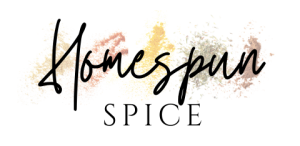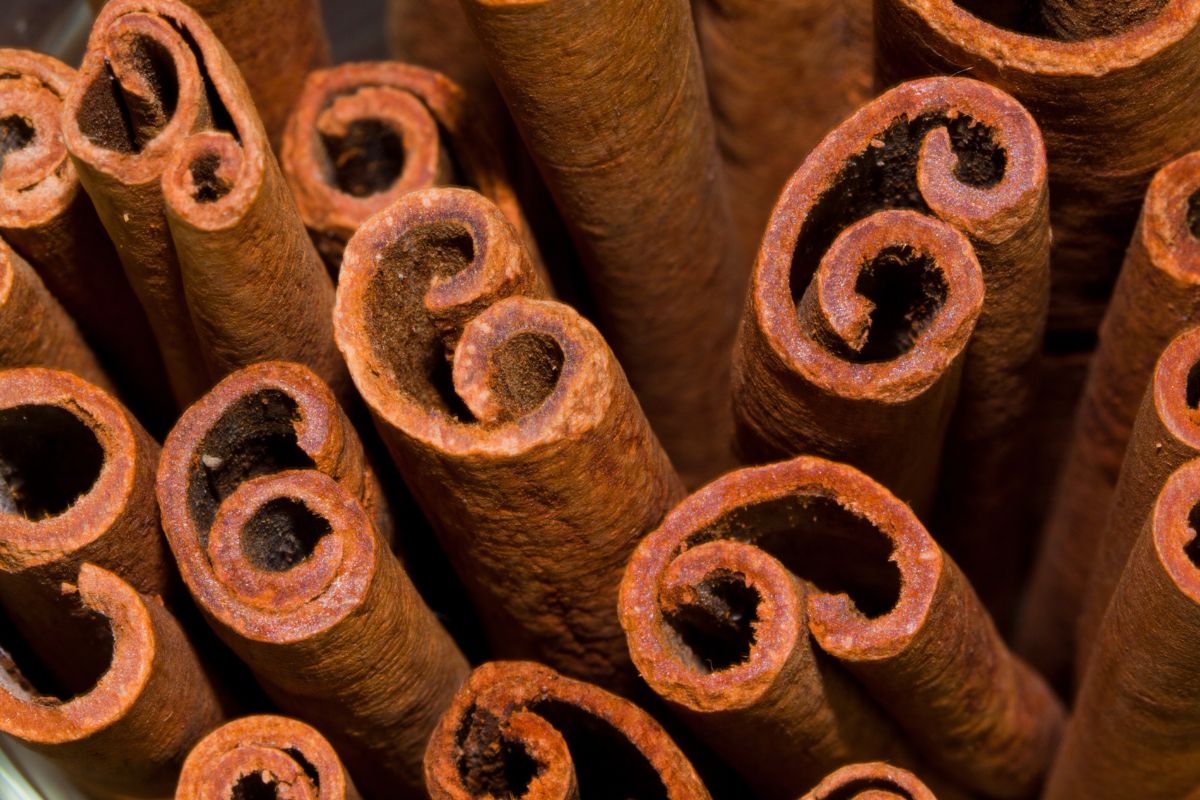Saigon spice refers to Saigon cinnamon spice, also known as Vietnamese cinnamon. Saigon cinnamon is a cassia cinnamon native to Vietnam and has a unique flavor profile compared to other cinnamon types. It is dark reddish-brown, known for its sweet, warm, and spicy flavor profile, which is more intense and concentrated than regular cinnamon.
Table of Contents
What is Saigon spice?

Saigon spice typically refers to Saigon cinnamon, but there are also spice blends that have this name that include other spices such as cinnamon, star anise, fennel seeds, cloves, and coriander seeds.
Saigon cinnamon is considered an extremely high-quality cinnamon.
| Origin | Ho Chi Minh City |
| Cuisines | Common in Vietnamese, Middle Eastern, and Mediterranean dishes |
| Appearance | Has a dark red-brown color, ground or powder |
| Flavor profile | Warm and sweet |
Origin
As the name says, this spice originates from Saigon (now known as Ho Chi Minh City), a major culinary hub in Vietnam.
Cuisines
Saigon spice is common in Vietnamese dishes and pastries, such as cakes, rolls, and cookies. Saigon cinnamon is also featured in some Middle Eastern and Mediterranean dishes. Vietnamese Beef Noodle Soup, or “Pho,” also contains Saigon spice.
Appearance
Saigon cinnamon has a darker red-brown color and a more complex and spicy flavor profile than other varieties of cinnamon. Saigon spice can be in the form of ground Saigon cinnamon or cinnamon powder.
Flavor profile
Saigon spice blends typically have a warm and sweet flavor profile with hints of anise and clove. You can combine it with other herbs and aromatic spices, such as cardamom, cloves, or star anise.
Nutritional Benefits of Saigon Spice
One of the most significant benefits is its potential to help reduce blood sugar levels, which is especially important for people with diabetes. Saigon cinnamon contains compounds that may help increase the sensitivity of cells to insulin.
Saigon cinnamon is also rich in antioxidants and anti-inflammatory compounds, which can protect cells from damage caused by free radicals and inflammation, reducing the risk of illnesses such as cancer, diabetes, and heart disease.
The cinnamaldehyde in Saigon cinnamon may have antioxidant and anti-inflammatory properties. This is also the same compound that gives cinnamon its spicy taste.
However, there is a drawback: Saigon cinnamon is considered potentially dangerous when consumed excessively because it contains high levels of coumarin.
What’s the difference between Saigon and Ceylon Cinnamon?

| Saigon cinnamon | Cinnamomum loureiroi tree, spicier, has more cinnamaldehyde, alternative to Ceylon, works with for dishes with many spices |
| Ceylon cinnamon | Cinnamomum verum tree, milder, sweeter, goes in simpler dishes |
Saigon cinnamon, also known as Vietnamese cinnamon, is derived from the Cinnamomum loureiroi tree and has a more robust, spicier flavor. Ceylon cinnamon, also known as true cinnamon, comes from the Cinnamomum verum tree and has a milder, sweeter taste.
Saigon cinnamon contains more cinnamaldehyde (the compound that gives it its distinctive taste) than Ceylon cinnamon and more coumarin, which means a higher risk of toxicity if consumed in large doses.
Saigon cinnamon is an excellent alternative to Ceylon cinnamon in most cases, except for Mexican or Southeast Asian cuisines.
Saigon cinnamon is excellent in dishes with many spices, like Chinese five-spice or Pho. Ceylon cinnamon, on the other hand, is best in simpler dishes with fewer spices, like chocolate or baked goods.
Why is Saigon cinnamon expensive?
Saigon cinnamon is more expensive than other types of cinnamon due to its unique flavor, aroma, and high oil content. The accessibility is also slightly lower than regular cinnamon, which you can find easily in any grocery store.
The production of Saigon cinnamon is more labor-intensive than other types of cinnamon, as it requires hand-harvesting and careful processing to preserve its delicate flavor and aroma. Additionally, Saigon cinnamon trees grow slowly and in limited quantities in the wild, contributing to their higher cost.
If you want a high-quality option, I recommend this 5-star rating best seller: Spice Island Saigon Cinnamon.
4 recipe ideas with Saigon cinnamon spice
Here are 4 recipe ideas with Saigon cinnamon:
Saigon Cinnamon Ginger Cookies: These chewy cookies are delightful, with a hint of heat and sweetness and a little extra warmth from the ginger. They are great with a pot of tea or coffee on a chilly day or next to ice cream on a hot day—or you could eat them all yourself if nobody else is around.
Saigon Cinnamon Tiramisu With Fresh Raspberries: The combination of Saigon cinnamon and raspberries is a match made in heaven—and this recipe proves why. The raspberries’ natural sweetness and subtle tartness cuts through rich flavors like coffee and mascarpone. Combined with Saigon cinnamon, they create an elegant dessert perfect for any occasion!
Saigon Cinnamon Streusel Coffee Cake: This cake will make you feel like you’re in the middle of a pastry shop in Saigon. It is sweet but not too sweet, creamy but not too rich.
Best Cinnamon Rolls: the perfect combination of Vietnamese spice and American sweetness. It’s like a cross-cultural love affair in pastry form! The Saigon cinnamon makes these crispy rolls unique because they have a more intense and complex flavor than your regular cinnamon.

